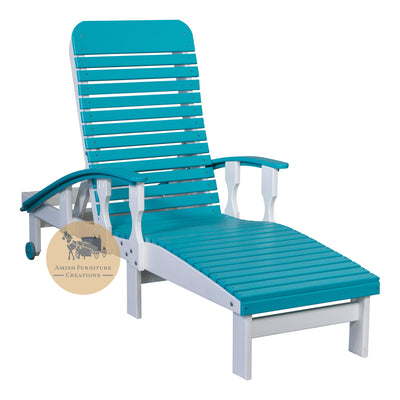Alder Wood: Economical and Accessible
Our name may be Oak for Less but that certainly does not mean that we are confined to one particular type of material or style. Last week we featured the beautiful properties of parota wood, and as promised, we are continuing our exploration further into the world of wood.
This week, we are looking a little closer at alder wood. Largely harvested in the Pacific Northwest, alder wood has grown in popularity over the past 20 years. This product has proven to be accessible and easy to work with, making it an excellent choice for a wide array of furniture construction.
What do we love about alder wood?
Once alder wood has been worked and finished, it can have a wonderful light and natural finish with very little color variation. Although it is typically a light tan to reddish brown color, it does darken and redden with age. This can result in versatile capabilities when it comes to construction. Alder has proven to be easy to work with by both hand and machines, making it a great material for many different projects.
What does alder wood look like?
Alder has an even texture and a subdued grain pattern. If alder is harvested in the autumn, it has a golden yellow color, but it is susceptible to staining if not processed quickly.
How durable is alder wood?
Alder wood weighs significantly less than red oak, making it a prime choice for many manufacturers. Although the appearance looks like some of the more mainstream woods such as cherry or mahogany, its texture is actually much softer. Therefore, the durability is lower and alder is always better suited for indoor use.
What kind of furniture is made from alder wood?
Alder can be used for many purposes, including furniture, cabinetry, and even doors and decorative woodwork. Here at Oak for Less we love to hand pick items that showcase this beautiful material. Desks, TV stands, and console tables are just a few pieces that we offer.
It goes without saying that we love wood, but what really inspires us is learning about the different types and qualities. Not all are created equal, and we hope this series proves to be educational in your search for the perfect furniture. Stay tuned next week for our next wood feature!






